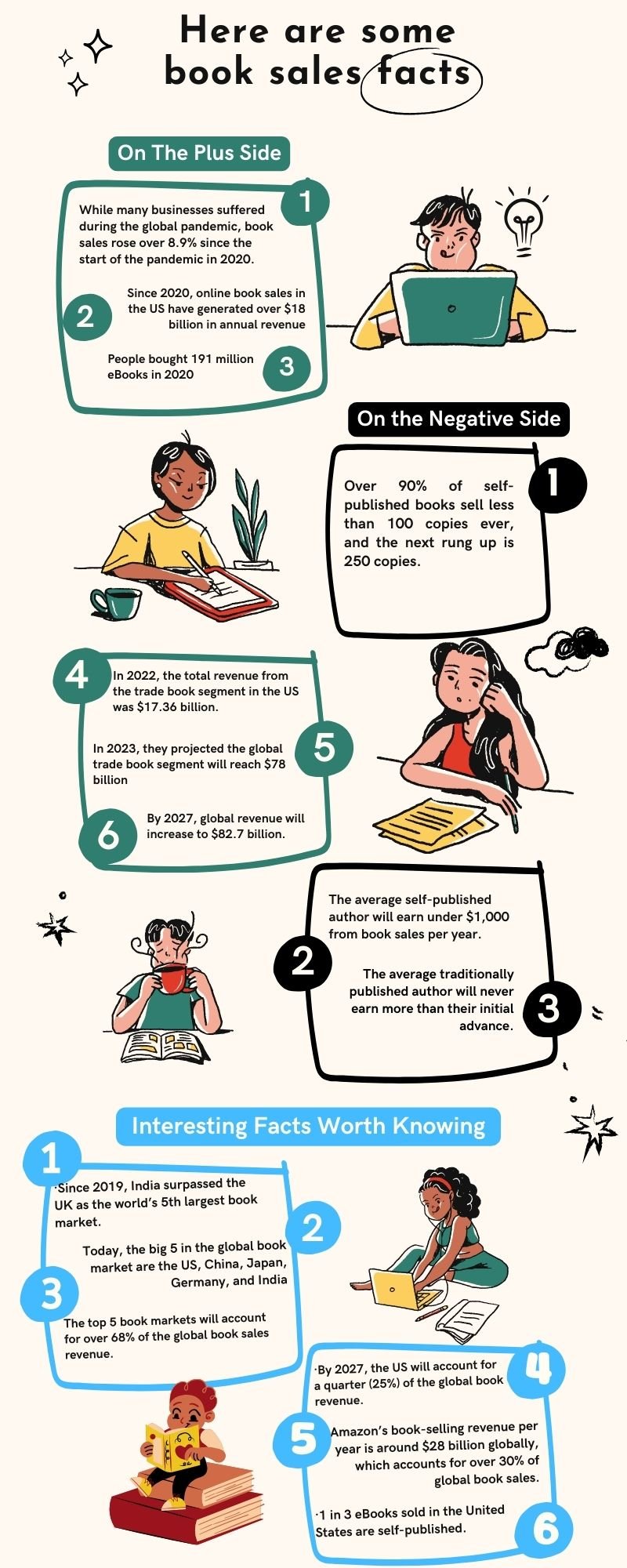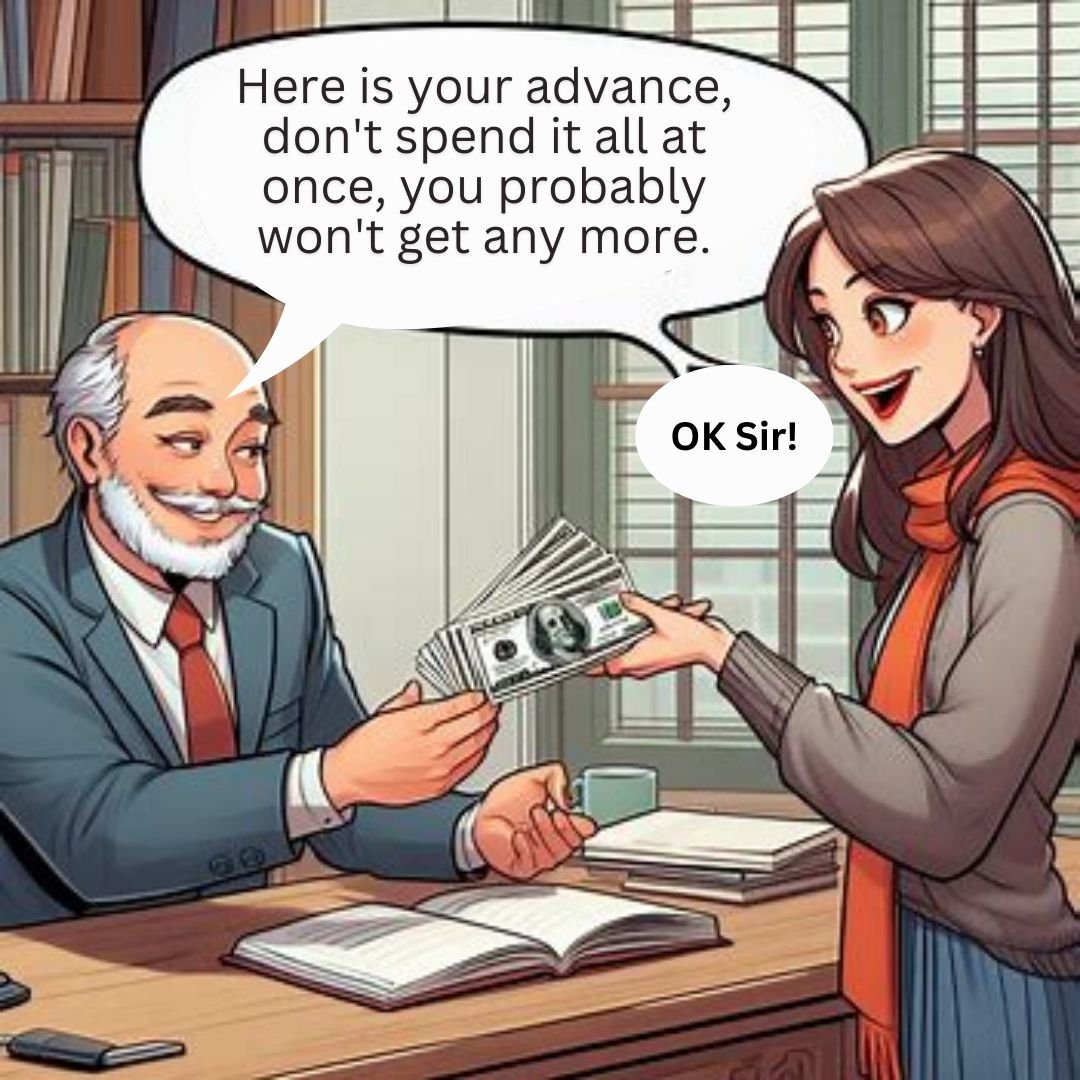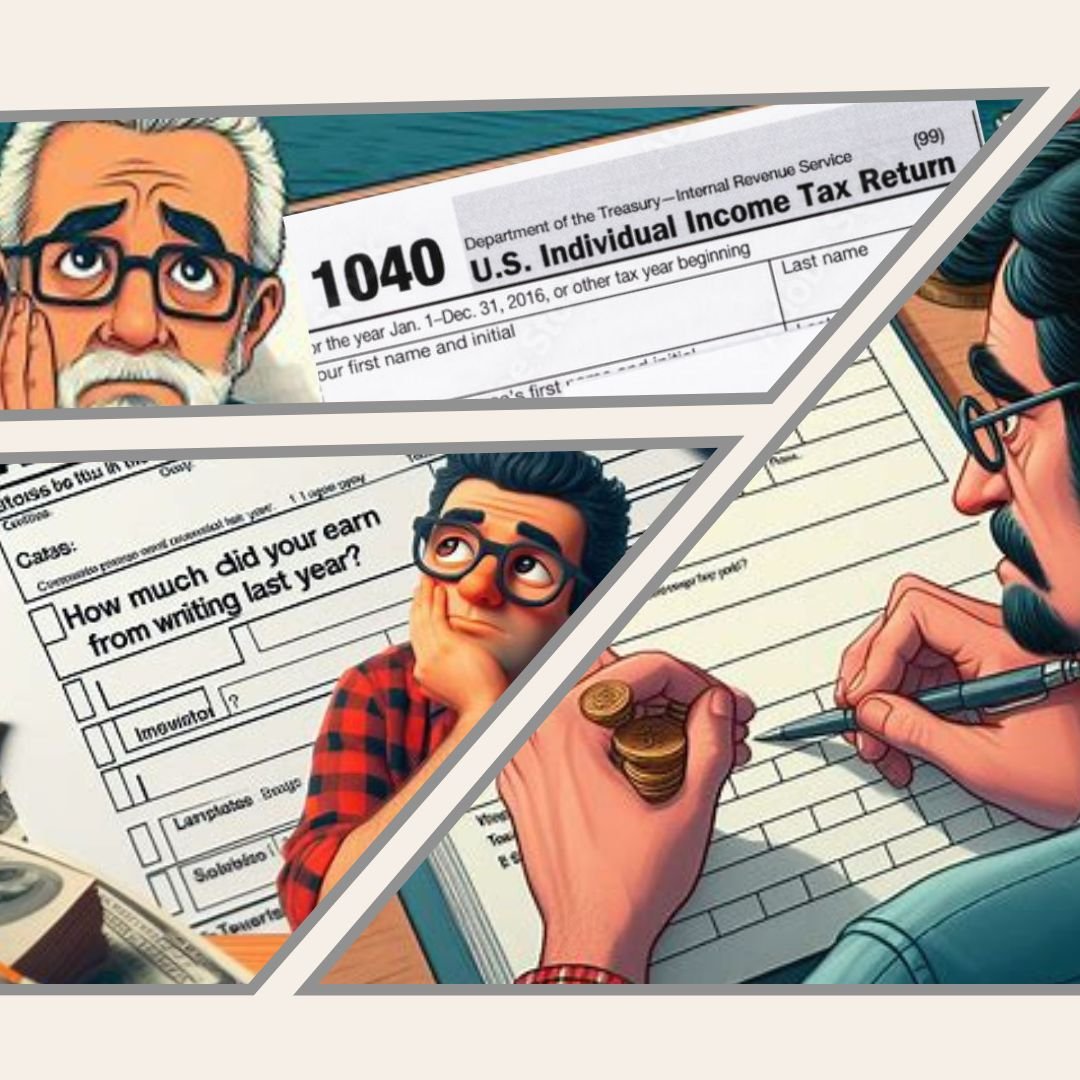
The Publishing Industry is Booming while Authors are going Broke
Learn Why the Current Publishing Model Does Not Work for Authors.
Is the publishing model we have used for 500 years broken?
Here are some book sales facts:On The Plus Side
- While many businesses suffered during the global pandemic, book sales rose over 9% since the start of the pandemic in 2020.
- Since 2020, online book sales in the US have generated over $18 billion in annual revenue.
- People bought 191 million eBooks in 2020.
- In 2022, the total revenue from the trade book segment in the US was $17.36 billion.
- In 2023, they projected the global trade book segment will reach $78 billion.
- By 2027, global revenue will increase to $82.7 billion.
Interesting Facts Worth Knowing
- Since 2019, India surpassed the UK as the world’s 5th largest book market.
- Today, the big 5 in the global book market are the US, China, Japan, Germany, and India.
- The top 5 book markets will account for over 68% of the global book sales revenue.
- By 2027, the US will account for a quarter (25%) of the global book revenue.
- Amazon’s book-selling revenue per year is around $28 billion globally, which accounts for over 30% of global book sales.
- 1 in 3 eBooks sold in the United States are self-published.
- Over 300 million self-published books are sold every year.
On the Negative Side
- Over 90% of self-published books sell less than 100 copies ever, and the next rung up is 250 copies.
- The average self-published author will earn under $1,000 from book sales per year.
- The average traditionally published author will never earn more than their initial advance.

Conclusion: While the publishing industry thrives, authors struggle financially
However, 90% of self-published books sell less than 100 copies and most will sell less than 250 ever. That’s not good news for authors. I will discuss that in more detail below and in another article.
How Much Do Author’s Earn in Royalties per Book?


Traditionally Published Author Royalties
So what happens if an author goes the traditional publishing route and is lucky enough to get a publishing deal? The data suggests most will never earn more than the initial advance they get from the publisher (less what they pay in fees to their agent and other expenses).
We have all heard of the enormous advances some celebrity or top selling authors get from publishers, but these are the exception. The average author, who can show a track record of previous book sales, will rarely get more than a $10,000 advance and often less. Publishers do not pay that advance as a lump sum but in three installments, and they deduct charges such as agent fees, postage, copying, etc., further reducing it.
However, new or unknown authors get a lot less than $10,000 or may not get any advance at all.
JK Rowling received a £1,500 advance from Bloomsbury for her first Harry Potter book, Harry Potter and the Philosopher’s Stone, and that was after twelve publishers rejected the book
Author Royalties – Traditionally Published Books
Traditionally published authors typically earn royalties of between 5% to 10%, some may get 12% of the RRP (Recommended Retail Price). However, the author does not receive any further royalties until the publisher recoups the initial advance paid to the author. For example, if the advance was $10,000, and the book sold for $14.99, the publisher would need to sell between 7,000 and 14,000 books before the author receives additional royalties. If the book sells for $9.99, they would need to sell between 10,000 to 20,000 books before the author receives any additional royalties.
When you consider publishers expect authors to do most, if not all, the social media marketing for their books, as well as many other tasks (such as radio interviews, book signing events, email marketing) it is easy to see why many authors actually lose money, especially on their first few books.


Unfortunately, when you consider the average number of sales a self-published book achieves, (remember, over 90% of self-published books sell less than 100 copies ever, and the next rung up is 250 copies) it is easy to see why self-published authors often lose money publishing a book.
Self-published authors usually earn between 40% to 60% of the selling price of a book, and while self-published authors at least earn a higher royalty rate on the sale of their books, they have to do everything to get their book published, or pay someone to do it for them. This includes:
- Cover Design.
- Formatting for all book types, Hard Cover, Paper Back, Kindle and other digital readers.
- Editing and proofreading.
- Marketing
- PR
- And much more.
Why the Self-Publishing and Traditional Book Publishing Models Are Failing Authors.
There are several reasons why the current publishing models do not work for authors.
The first reason is because the publishing industry has operated in much the same way for the last 500 years. There is a school of thought that proposes nothing should ever happen for the first time, and unfortunately, many of its proponents are senior executives in the publishing business.
The publishing industry rarely implements new initiatives that could increase an author’s income, increase the shelf life of their books, or improve the public’s awareness of their works.
It seems astonishing and incongruent to me that the publishing industry, which would not exist if authors didn’t write books, puts maximising profit for printers and publishers and, to some extent, agents ahead of the author’s needs, such as, their need to earn an income or gain increased awareness of their skill and ability.
But there is another specific reason the current publishing models are not working for their authors. The reason is the same for both models, but the cause is different. Let’s look at each model and you will understand why they fail and why the cause of that failure is slightly different.
First, we assume we are talking about books that are well written, have a good plot or subject if they are non-fiction and a there is a market that likes to read that genre. In effect, there are other books that are selling well in that niche.
 Publishing the book is just the starting point.
Publishing the book is just the starting point.
If you think that publishing the book marks the end of your work, I have some unfortunate news for you.
If you want to attract more readers with pre-launch promotions, get more reviews and make more sales over a longer period, you need to build a following and develop a relationship with your readers.
That is a PR and marketing exercise which requires a range of skills, especially writing or creating good social media and blog content that keeps readers coming back for more.
Developing and maintaining a mailing list to contact and update fans and to promote future books and other products is another crucial element successful authors need.
The number one and most important platform for any author is their website. We cover this in more detail in another article. That requires web development skills to create and then the author needs to update the website with regular posts that need to be researched, planned, and written.
As mentioned above, authors need to have a social media strategy, create their social media accounts and learn to use each platform in the most appropriate way for that platform. That will often involve creating images, memes, and videos in various formats and interactive content, such as quizzes.
Creating interesting, relevant and timely content is crucial and needs to be posted regularly, preferably daily, to build a solid fan base.
Every platform has its own eccentricities which you need to understand so you can use its features to your best advantage. For example, marketing on Facebook differs totally from marketing on “X” (formally Twitter) or Pinterest, Instagram or TikTok. We cover this in more detail in other articles.
Authors need to be Good Writers, Internet Marketing Gurus and Offline Marketers and Much More...

There are many other aspects to creating a successful marketing campaign, such as offline marketing, PR, Competitions and creating derivative products, to mention a few. These all require unique skills and most of all, time and sometimes money.
I’m sure you can see the problem. First, it is rare for one person to excel at all these things and even if they could, they would not have time to do them all and write more books.
And writing more books is important. Industry data shows that the average successful author (i.e. one that earns over $100,000 per year) will have written, on average, 33 books which in aggregate earn them a good income. See our article about this.
The Real Reason Self-Published Authors Fail
So the reason most self-published authors sell so few books is because very few people know they exist. They fail at marketing, not writing.
Do Traditionally Published Books Sell More Copies than Self-Published Books?
Initially, the answer to this question is often yes. And the reason is that the publisher does most of the things we outlined above that self-published authors should do. And the fact that they are supposed to do these things is the reason the author’s royalties are so much lower, i.e. 10% Vs 60%.
The question is, Do Publishers Actively Market New Books and if so, For How Long??
And the answer is, yes, they do all the above and more for their successful authors and they continue to do it for as long as their books sell well. However, as you will see in our article, Financial Success Requires a Comprehensive Strategy. For new authors, this often only happens during the launch period and ceases after the golden 3-month launch window. Thus sales of traditionally published books often plummet in the same way self-published books do.
A perfect example of this is, if JK Rowling had not gone out and marketed her book herself, by doing her own PR, arranging interviews on radio shows etc. she may not be the successful author we know today. But she obviously could do that. Not everybody can or does. Many authors are too busy working two or three jobs to survive and writing their next book to do a good job of marketing as well.
What Traditional Publishers Actually Do!
Instead of addressing this issue, the publishing industry has adapted itself to survive and prosper in the circumstance where books make most of their sales in the first few months. But it has not included the best interests of writers in its strategies.
Instead, it has built churn and author waste into the model. The result is publishers look after the successful authors that survive the initial process long enough to write a collection of books and develop a following who already buy their books (This is publisher code for; authors who have a large email list).
We believe it is time for a better solution and that is what we have created.
Why Divya Publishing is the Best Solution for Authors
Divya Publishing’s approach is a game changer. We are pioneering Co-Publishing, a fresh approach to an age old publishing model that puts the author’s needs at the top of the tree with the publisher’s. And we don’t require authors to use an agent to approach us, which saves them another 15% on average, although they can engage one if they want to.
Second, as a publisher committed to achieving our author’s goals, which are to sell more books and earn a higher income for longer from each work, we actively seek innovative ways to support our authors in generating extra sources of revenue.
Our strategy is to generate more publicity, public awareness and interest in our author’s works while creating alternative sources of income that contribute to increased sales of the book over the long term.
In other articles on this website, we look at a wide range of issues authors face whether they self-publish or if they go with a traditional publisher. We also discuss the Divya Publishing solutions in each case.







hIu pLtzsz lzYz QhmeaVU ZDzMED GmIREo
cbtQsxMu wbTrXsRD HDuzGu